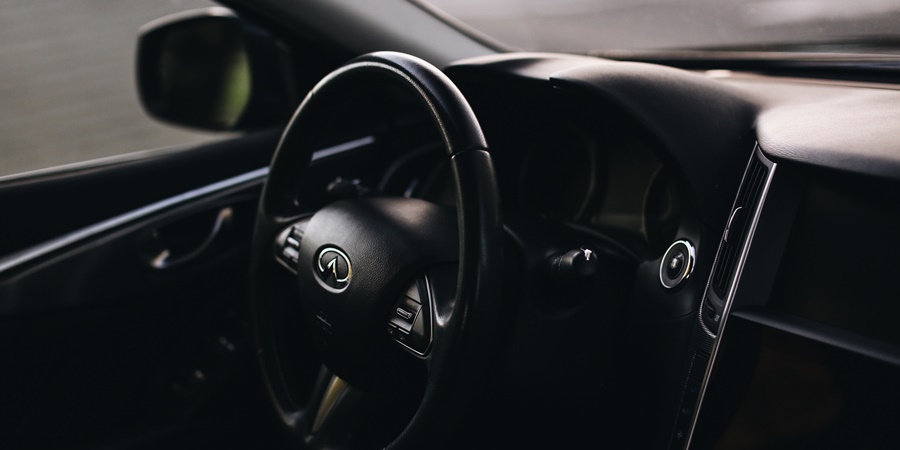
Menu



June 1, 2021

Some insurance companies may look at certain drivers in California as high risk. This means that these drivers present a much greater liability to insurers because of their driving record, the type of vehicle they drive, and even their less than stellar credit history.
These people will also find that their insurance rates will be higher because they are more expensive to insure.
Today we will talk about what you should know about high-risk car insurance.
High risk isn’t a specific type of insurance policy you get to suit high-risk individuals’ needs. It is rather a designation given to specific drivers by insurance companies matching the criteria mentioned above. High risk drivers are rarely seen as prime candidates and are often face much higher premiums as a result, along with fewer auto insurance options.
Driving and non-driving factors can both lead to an individual being considered high risk. Driving factors can include at-fault accidents, reckless driving, traffic violations, and driving under the influence. Whenever you accrue points on your license, you are entering the category of high risk in the eyes of auto insurance companies.
As previously mentioned, some non-driving factors can include a driver’s age and experience, the make and model of the vehicle they are driving, a gap in insurance coverage, and their credit history.
If you need more information on obtaining car insurance as a high-risk driver, don’t hesitate to contact the experts at Panorama today. Call: 818-781-6630
Think of joining Amazon Relay?
You’ll need the right insurance
Company
Contact
Panorama Insurance Agency 19302 Citronia Street Northridge, California 91324
